Time To See The Cars September 19th 2010 Page Two
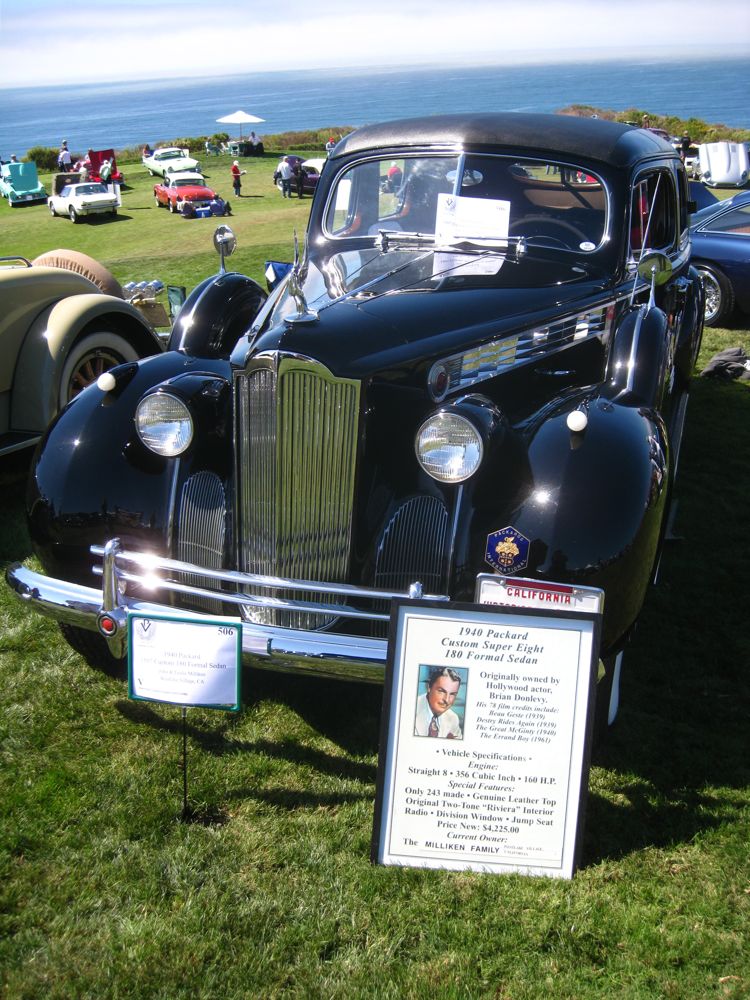
Did you know? - Brian Donlevy (February 9, 1901 – April 5, 1972) was an Irish-born American film actor, noted for playing tough guys from the 1930s to the 1960s. He usually appeared in supporting roles. Among his best known films are Beau Geste (1939) and The Great McGinty (1940). For his role as Sergeant Markoff in Beau Geste he was nominated for the Academy Award for Best Supporting Actor. His obituary in The Times newspaper in the United Kingdom stated that "any consideration of the American 'film noir' of the 1940s would be incomplete without him".[
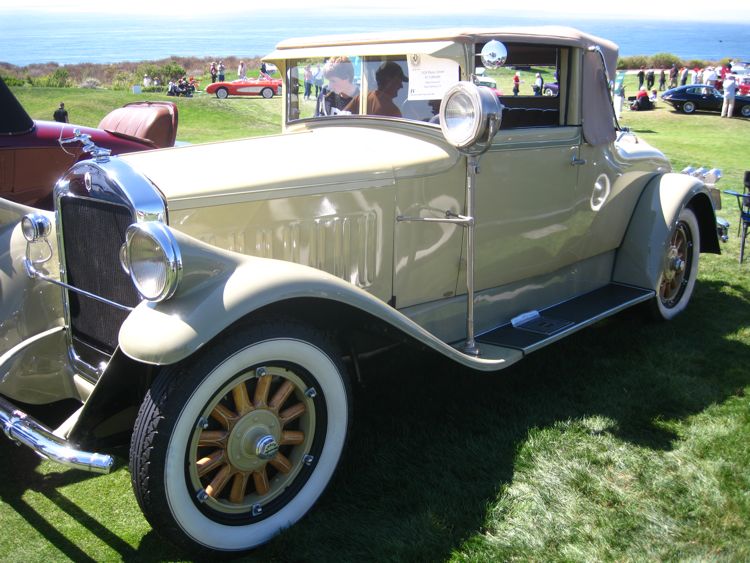
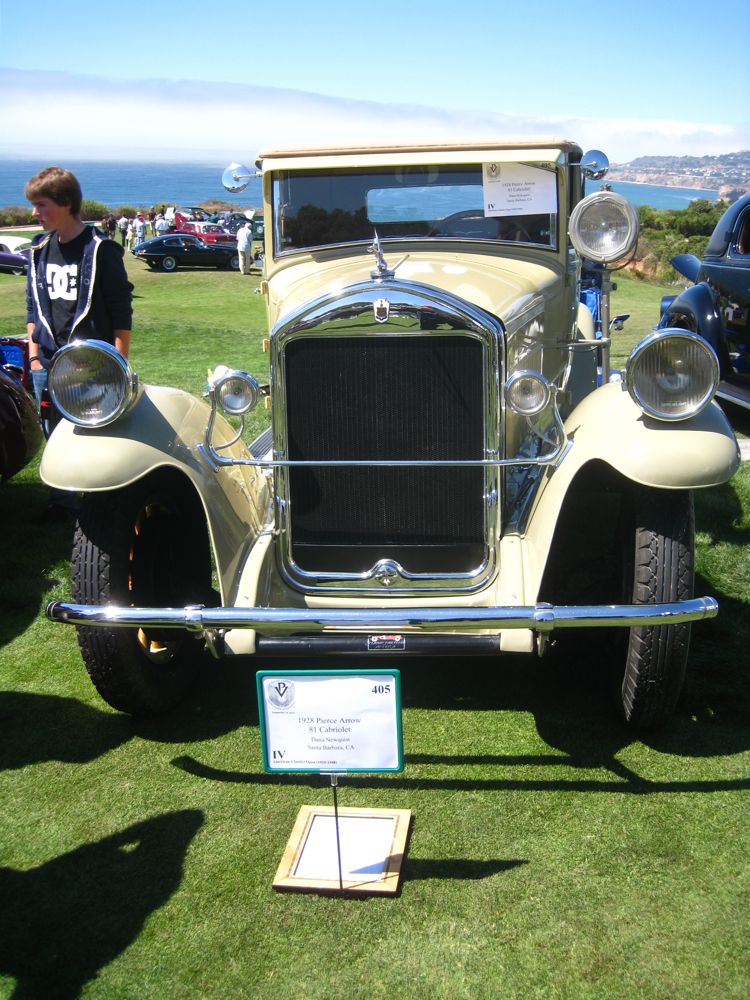
1928 Pierce-Arrow
Did you know? - A convertible is a type of automobile in which the roof can retract and fold away, converting it from an enclosed to an open-air vehicle. Many different automobile body styles are manufactured and marketed in convertible form.
Roof designs vary widely, but a few characteristics are common to all convertibles. Roofs are affixed to the body of the vehicle and are usually not detachable. Instead the roof is hinged and folds away, either into a recess behind the rear seats or into the boot or trunk of the vehicle. The roof may operate either manually or automatically via hydraulic or electrical actuators; the roof itself may be constructed of soft or rigid material. Soft-tops are made of vinyl, canvas or other textile material; hard-top convertibles have roofs made from steel, aluminum, carbon fiber or plastic materials.
Contemporary convertibles are known and marketed under several different terms due to the convergence of body styles over the years. A soft-top convertible may also be referred to as a cabriolet or cabrio or spyder, although two-seater soft tops often retain the name roadster, referring to their body style. Hard-tops are marketed under the terms coupé cabriolet, coupé convertible or simply retractable hardtop, while two-seaters more commonly use coupé roadster/roadster coupé.
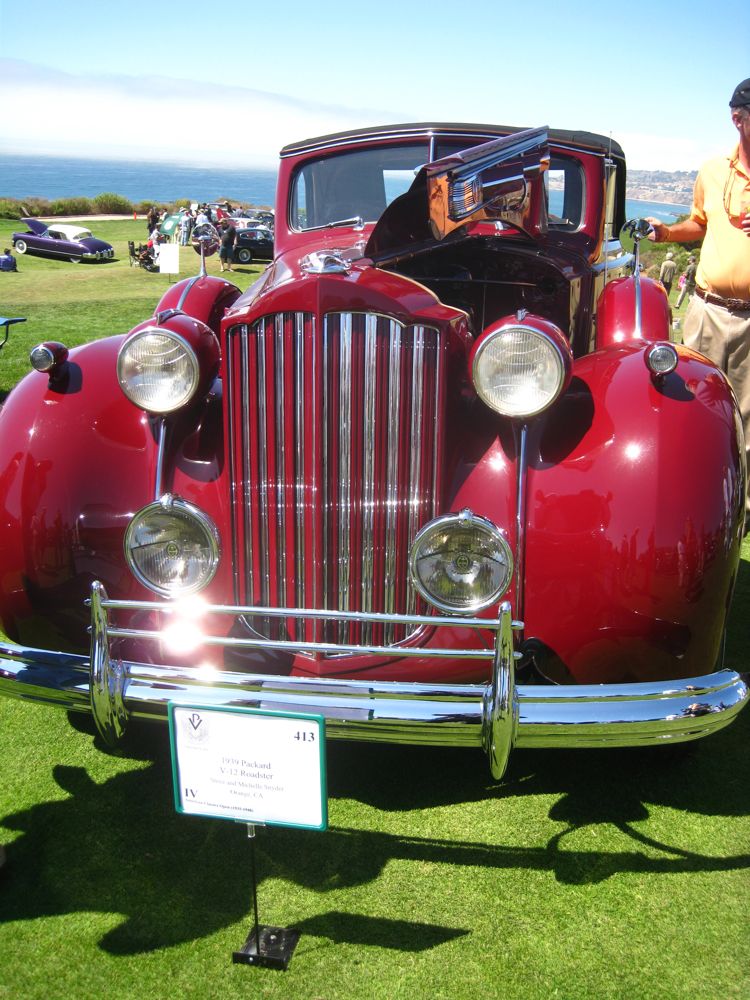
1939 Packard V-12 Roadster
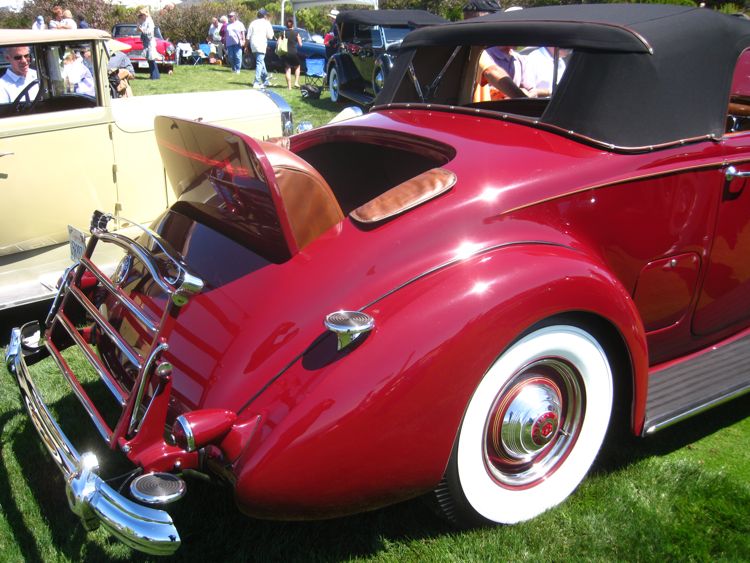
Rumble Seat
Did you know? - A rumble seat, dicky seat, dickie seat or dickey seat is an upholstered exterior seat which hinges or otherwise opens out from the rear deck of a pre-World War II automobile, and seats one or more passengers. In a carriage, a rumble (short for "rumble-tumble") was a seat behind the body used by servants. Roadster, Coupe and Cabriolet auto body styles were offered with either a luggage compartment or a rumble seat in the deck. Models equipped with a rumble seat were often referred to as a sport coupe or sport roadster.
In America, this type of seating became largely obsolete in the mid-1930s when cars became too fast and streamlined for the comfort of passengers in such a seat. Their popularity was further diminished by the frequent injuries, including decapitation that sometimes occurred in accidents. Rumble seat passengers were essentially seated out in the elements, and received little or no protection from the regular passenger compartment top. Folding tops and side curtains for rumble seats were available for some cars (including the Ford Model A) but never achieved much popularity. It is possible that the last American-built cars with a rumble seat were the 1939 Ford and 1939 Dodge and Plymouth.
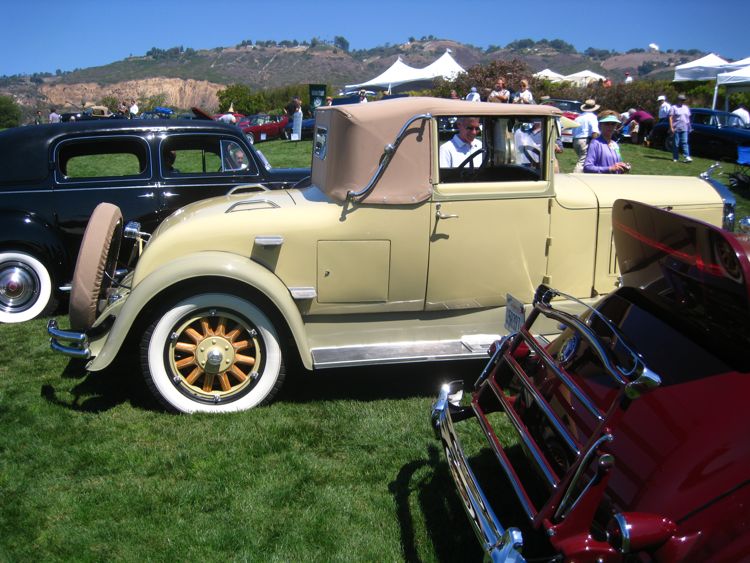
Guess where the golf club go??
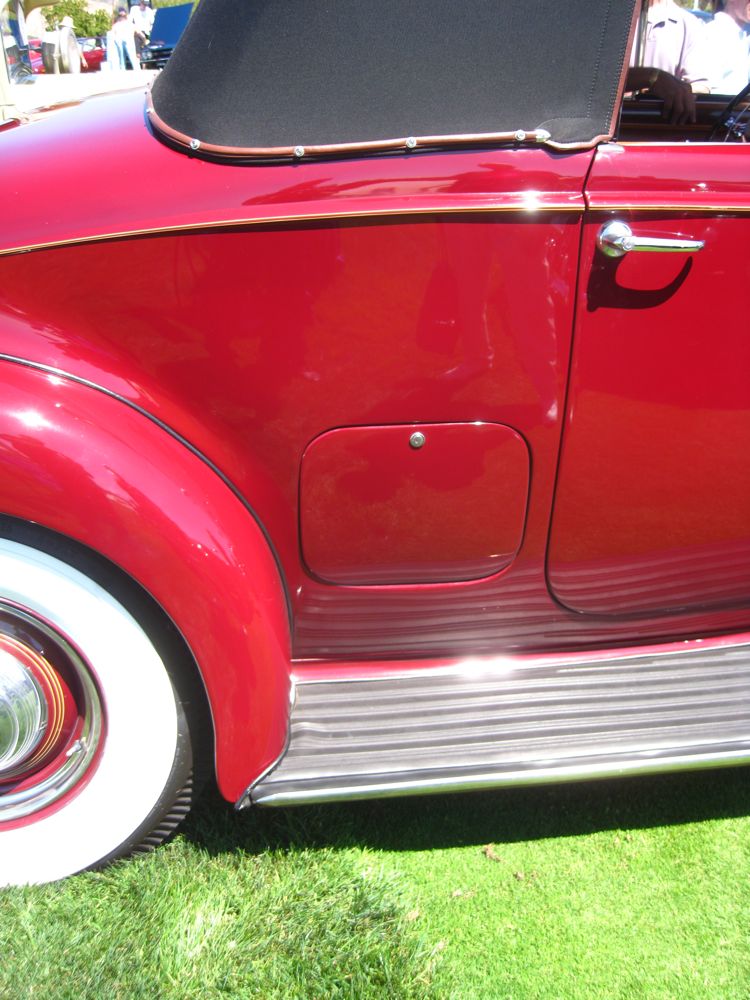
Golf clubs fit right in
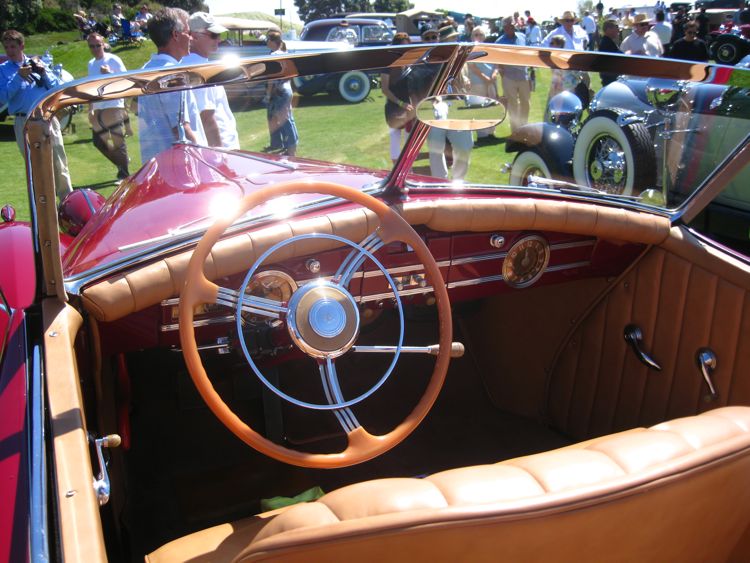
No power windows??

Custom designs
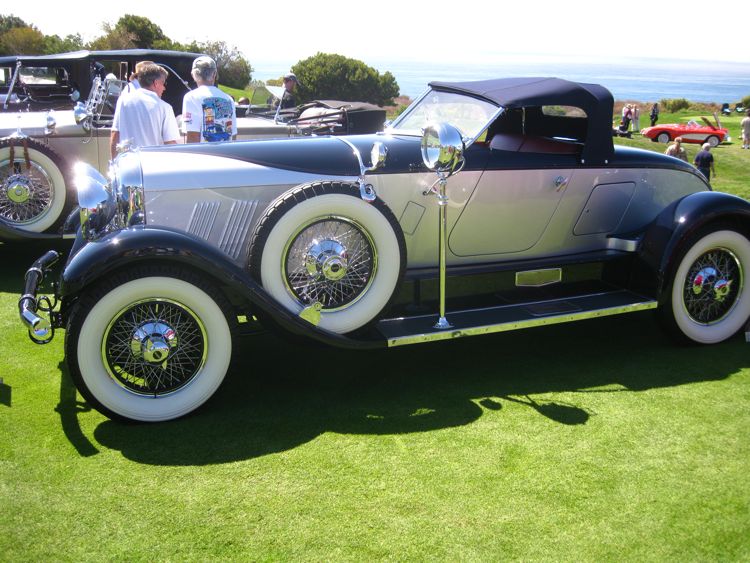
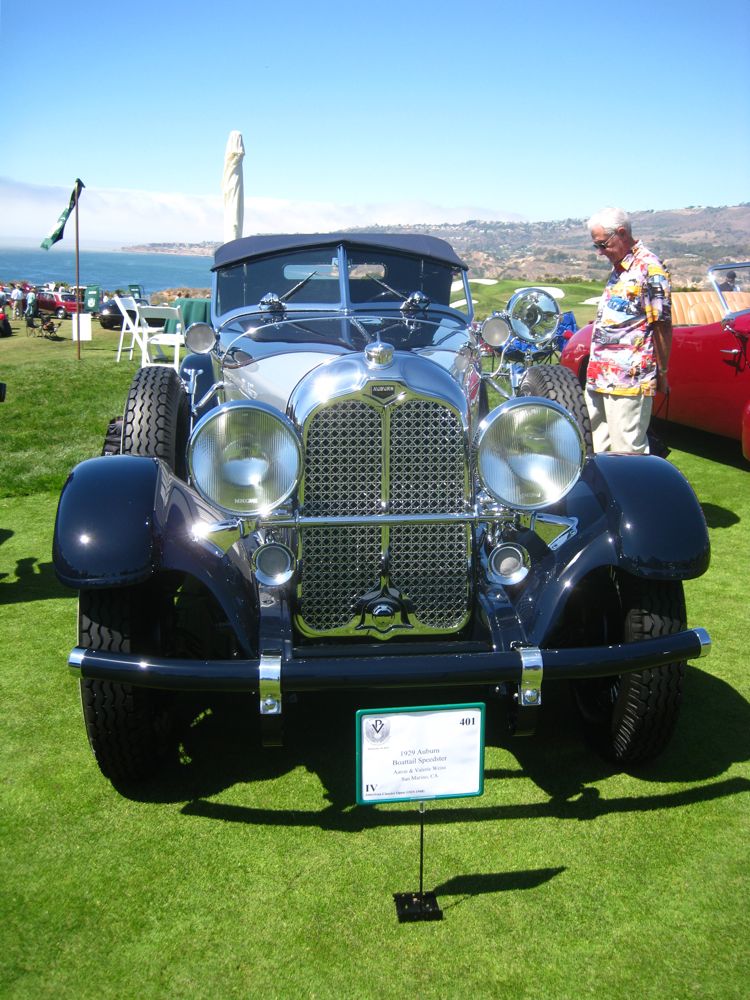
1929 Auburn
Did you know? - Auburn was a brand name of American automobiles produced from 1900 through 1936
The Auburn Automobile Company grew out of the Eckhart Carriage Company, founded in Auburn, Indiana, in 1875 by Charles Eckhart (1841–1915). Eckhart's sons, Frank and Morris, began making automobiles on an experimental basis before entering the business in earnest, absorbing two other local carmakers and moving into a larger plant in 1909. The enterprise was modestly successful until materials shortages during World War I forced the plant to close.
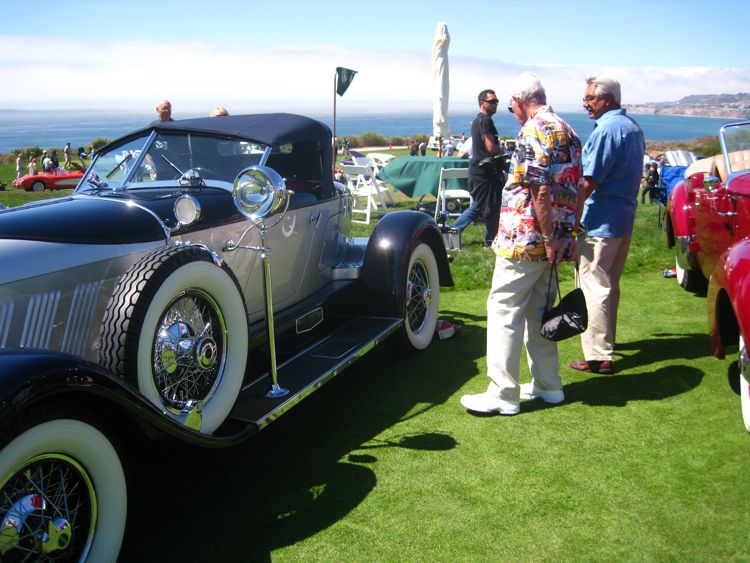
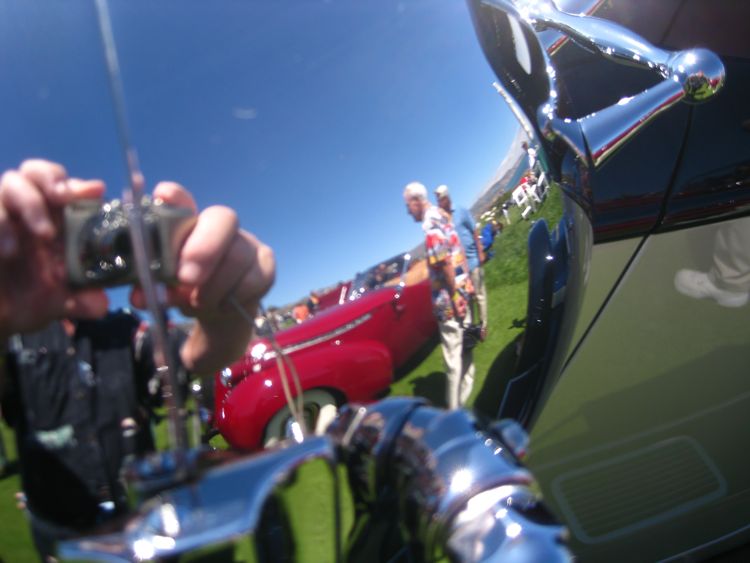
The chrome was magnificent
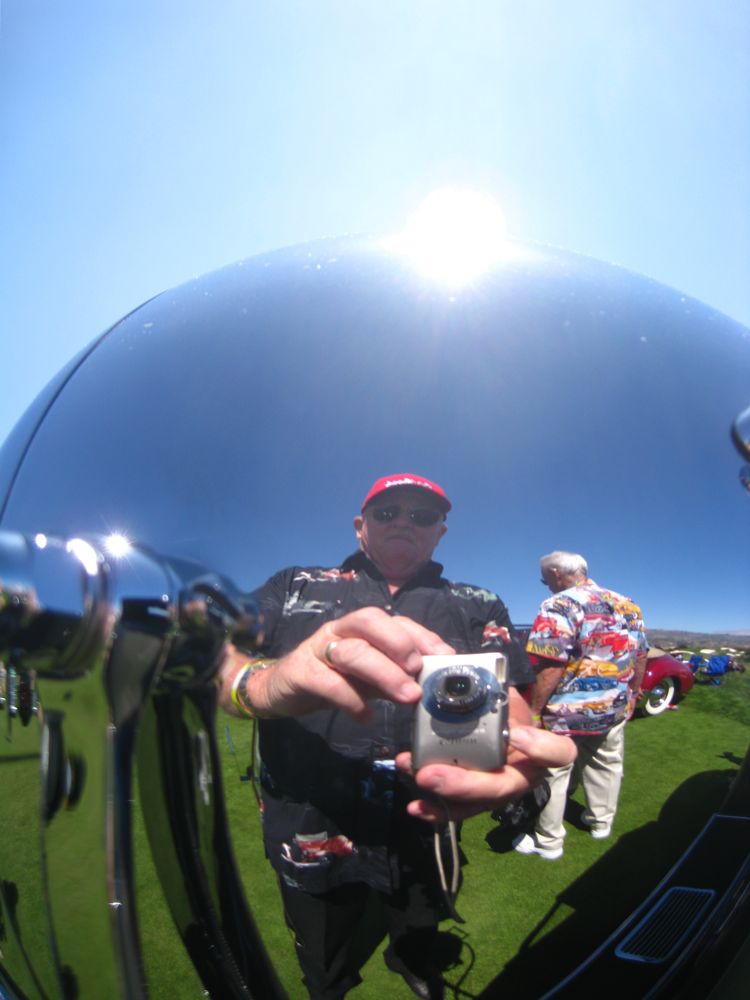
Paul appears to be bigger than he really is!
Did you know? - Chrome plating, often referred to simply as chrome, is a technique of electroplating a thin layer of chromium onto a metal object. The chromed layer can be decorative, provide corrosion resistance, ease cleaning procedures, or increase surface hardness.
Formerly most decorative items affixed to cars were referred to as "chrome", by which phrase was actually meant steel that had undergone several plating processes to endure the temperature changes and weather that a car was subject to outdoors. The most expensive and durable process involved plating the steel first with copper, and then nickel, before the chromium plating was applied.
Prior to the application of chrome in the 1920s, nickel was used. In the US for the short production run prior to the entry into the Second World War, plating was banned to save chromium and the decorative pieces were painted in a complementary color. In the last years of th
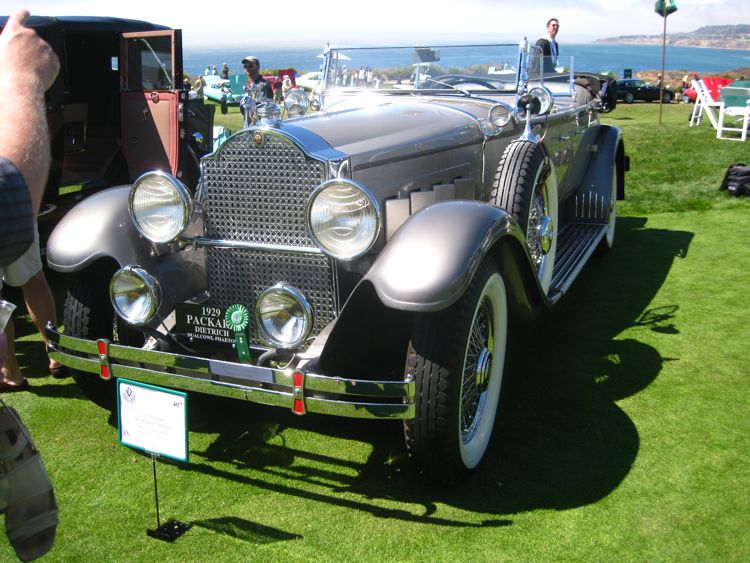
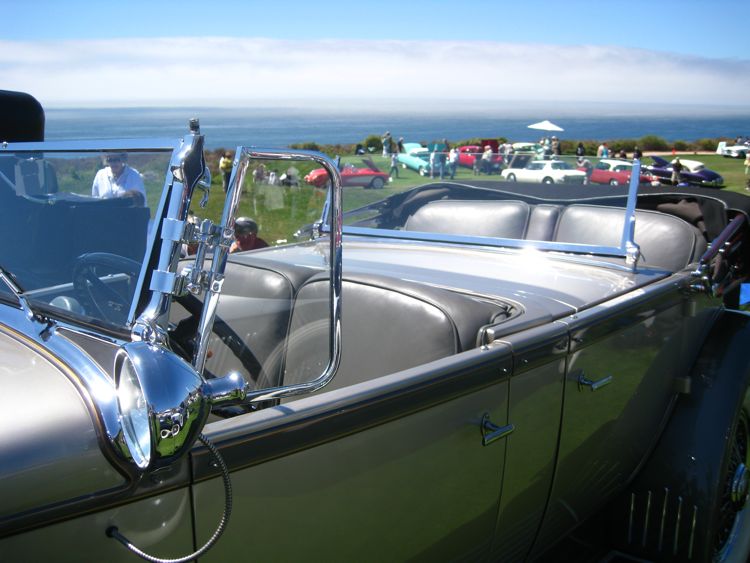
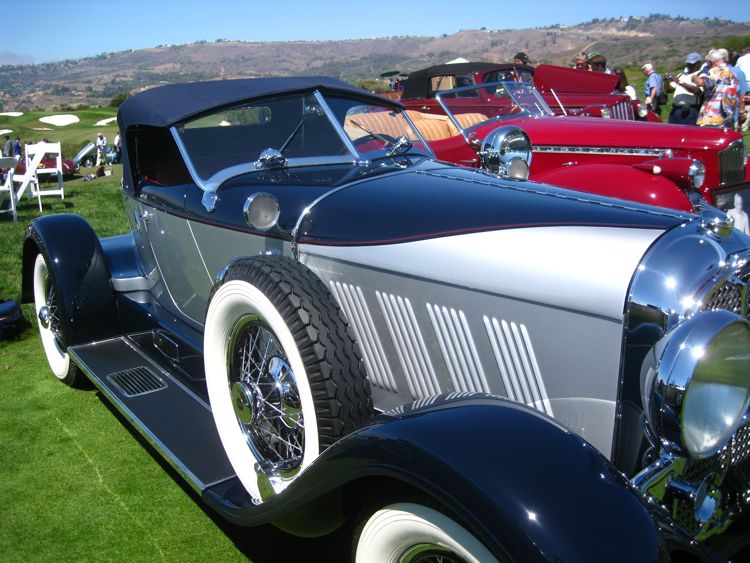
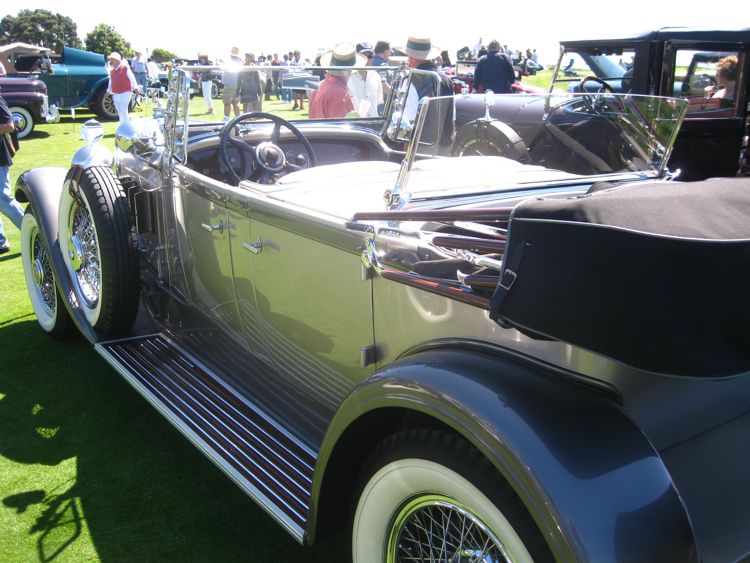
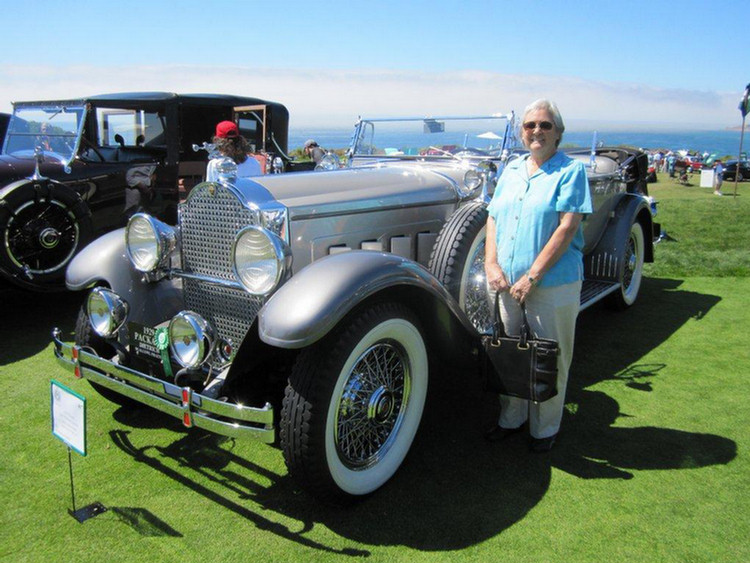





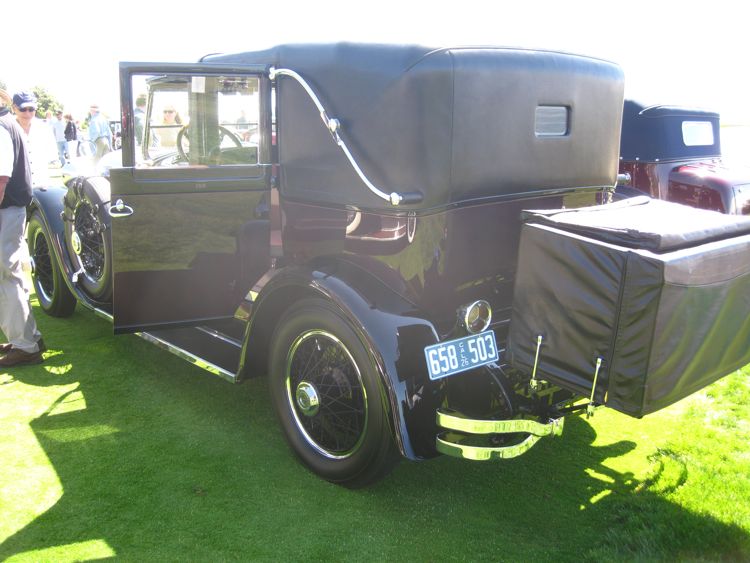
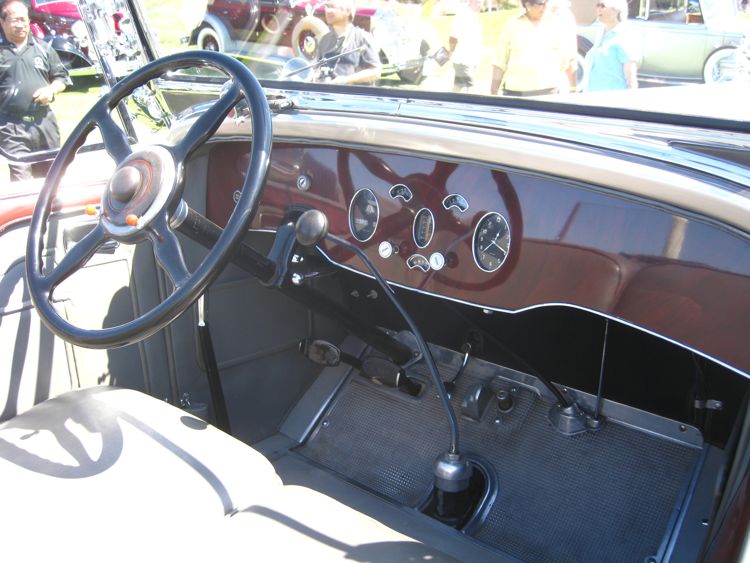
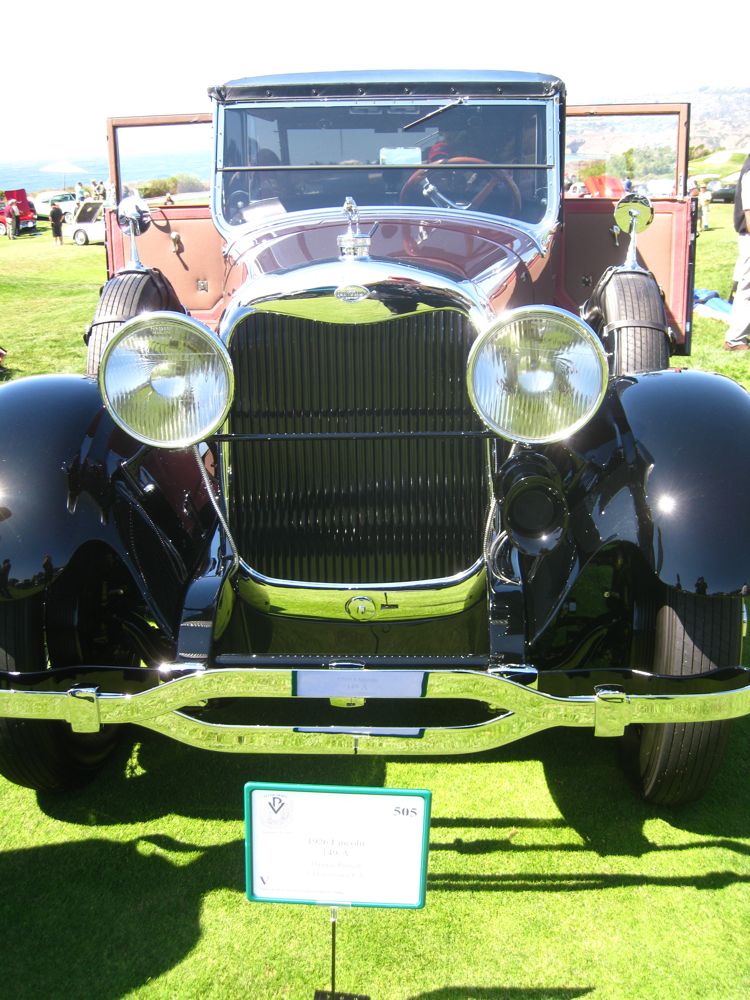

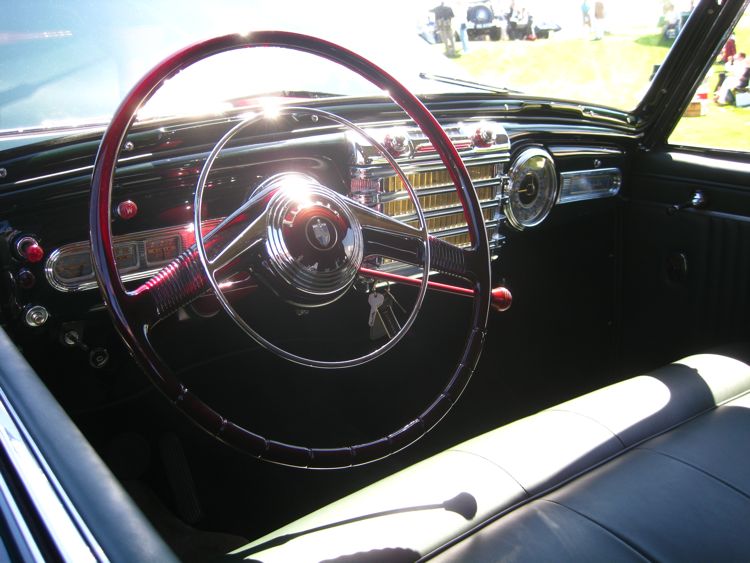
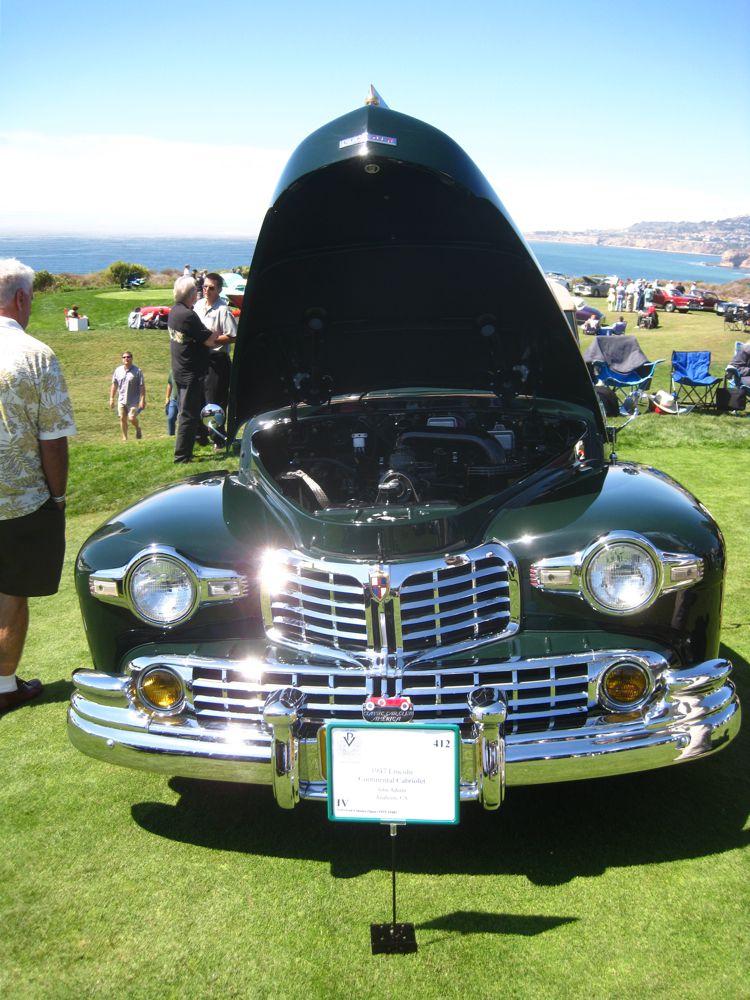
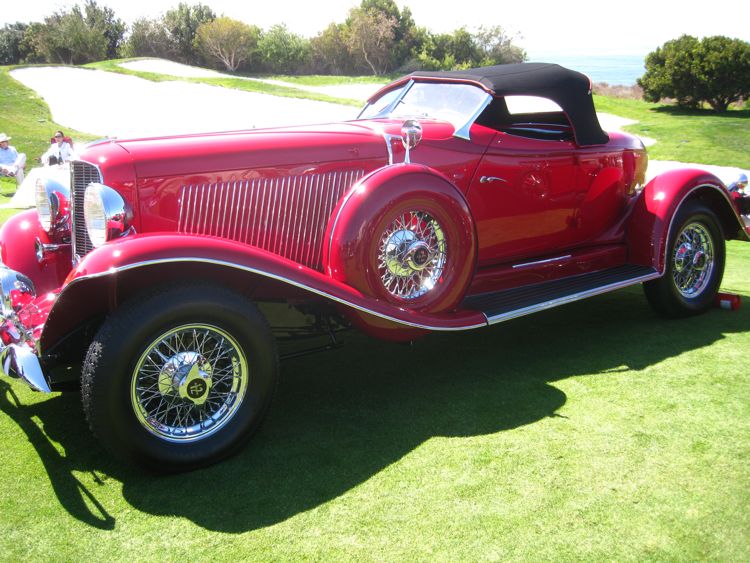
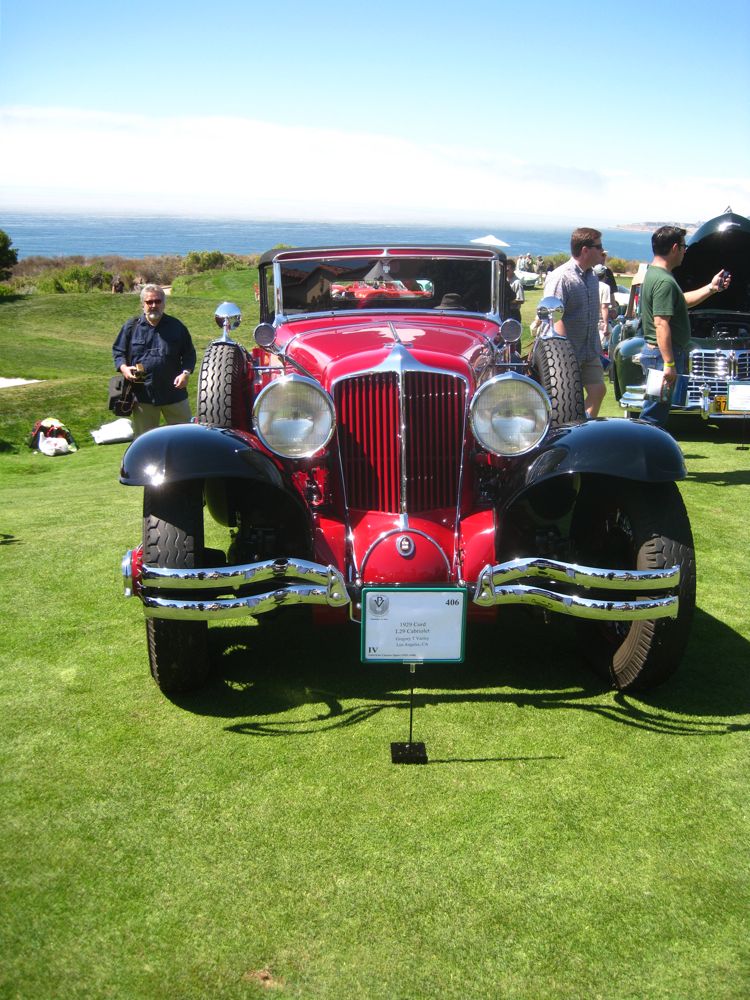
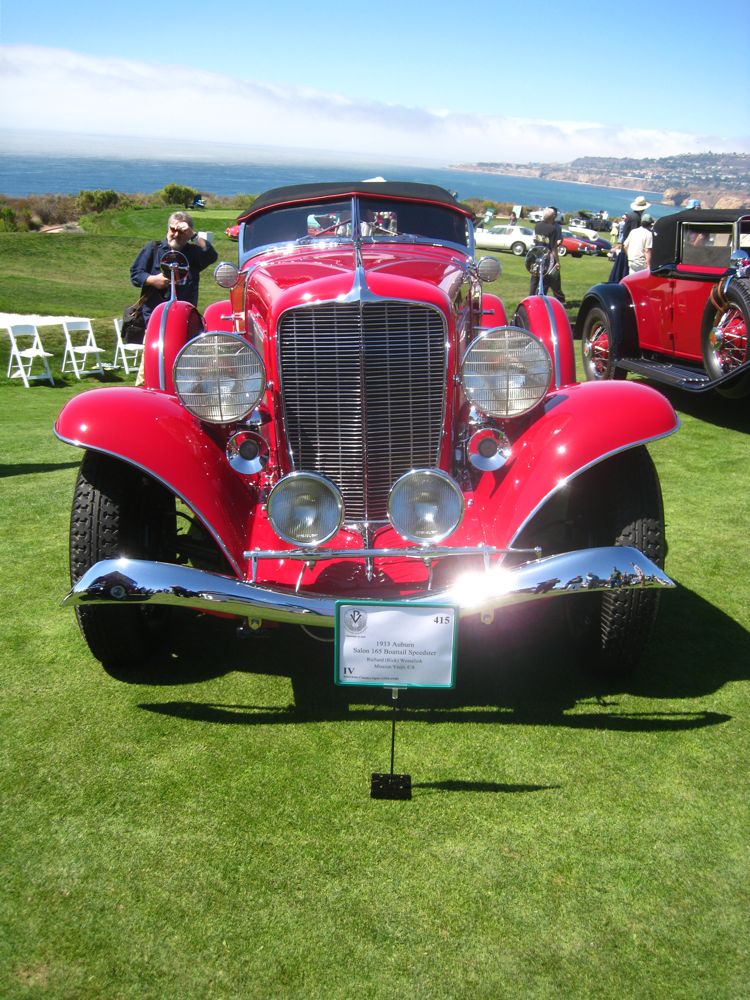

1930 Cord
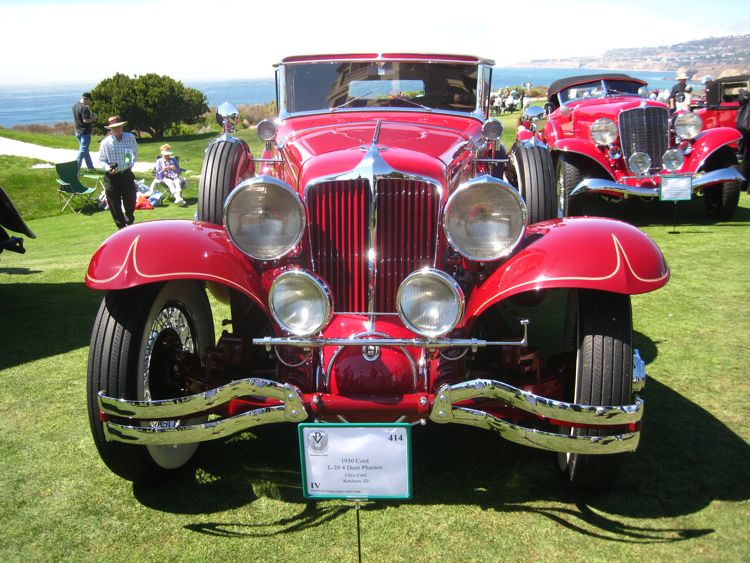
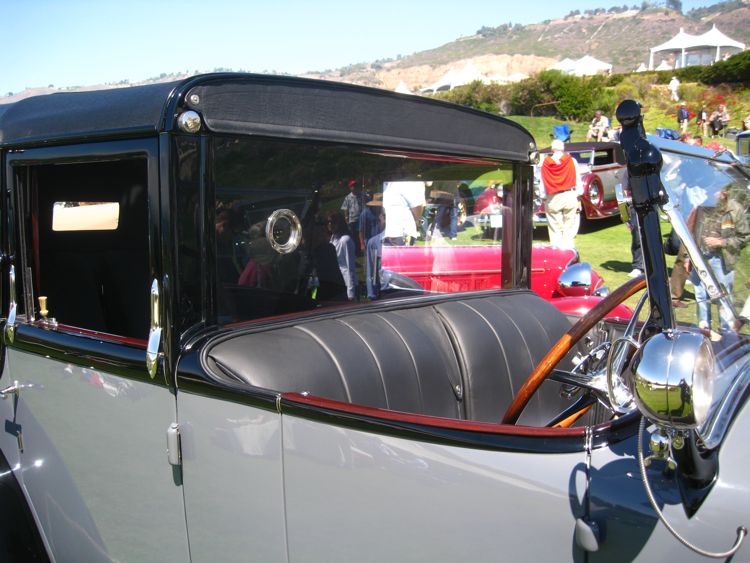
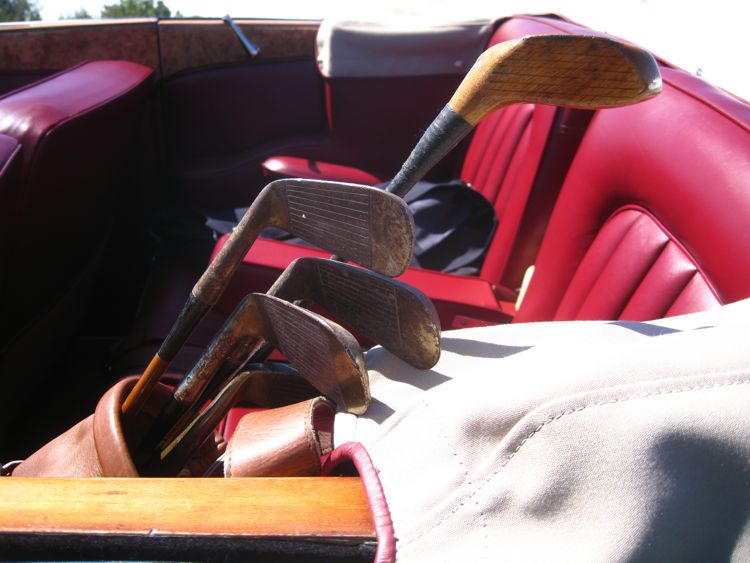
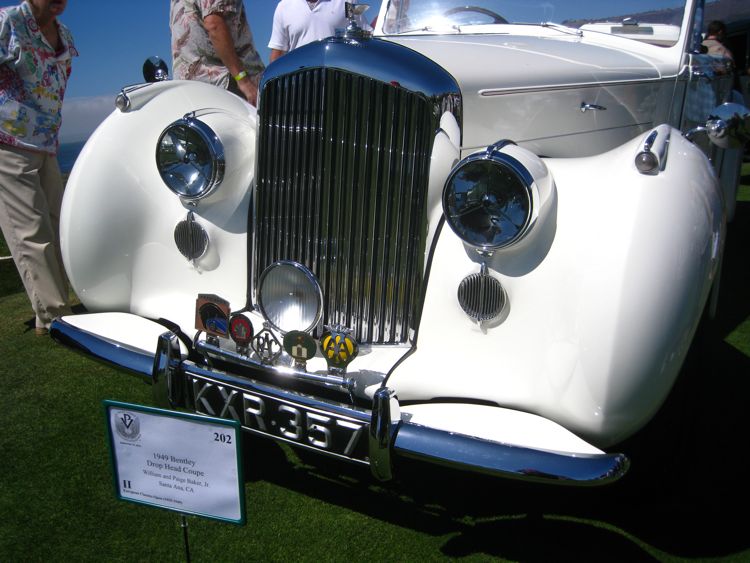
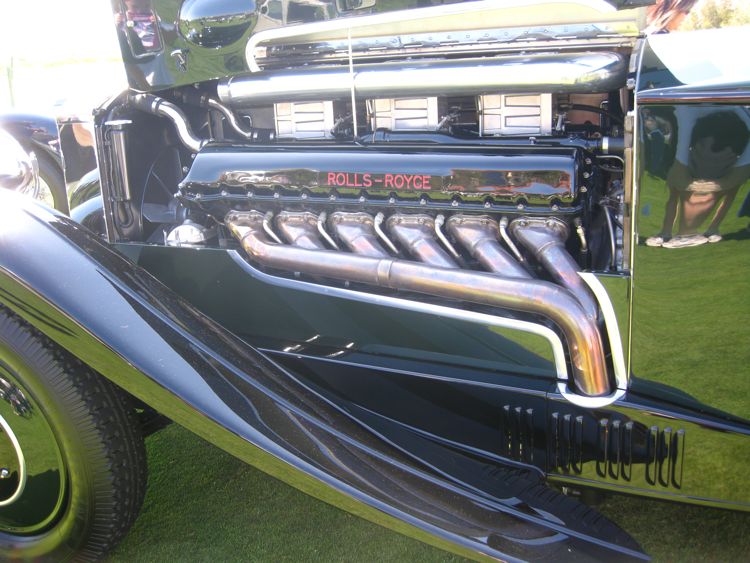
V12 airplane engine
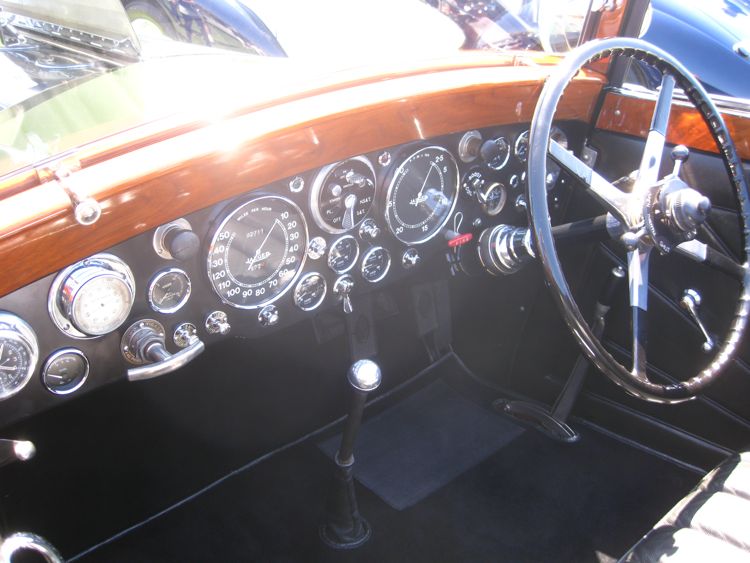
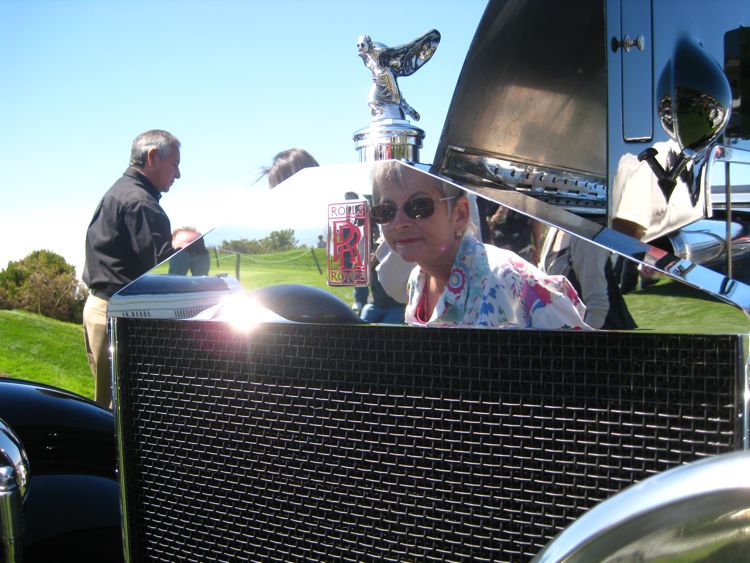
Mirror mirror on the wall... Oops, car!
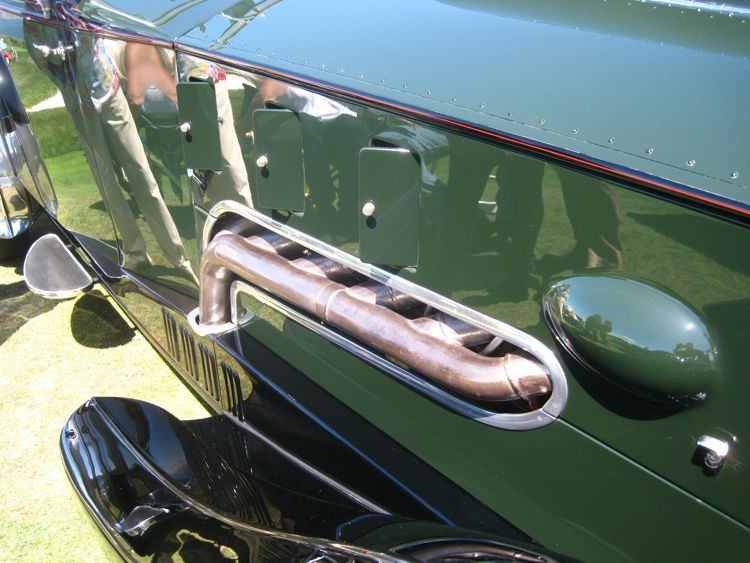
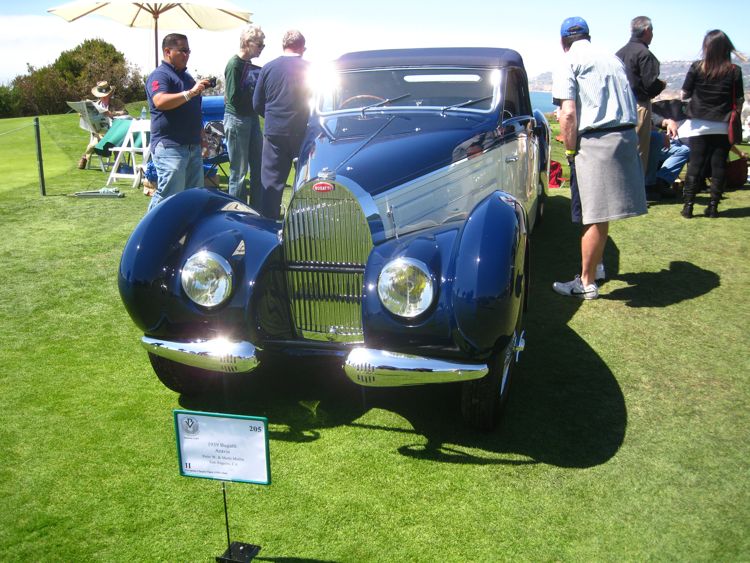

Running boards
Did you know? - A running board is a car or truck accessory part, a narrow step fitted under the side doors of the vehicle. It aids entry, especially into high vehicles. Typical of vintage cars which had much higher ground clearances than today's cars, it is also used as a fashion statement on vehicles that would not require it. Sometimes they can also be structural parts of the vehicle.[
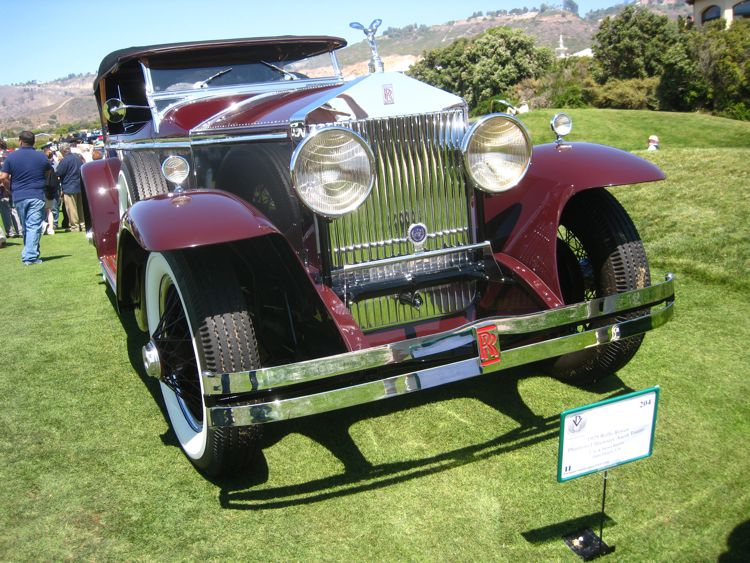
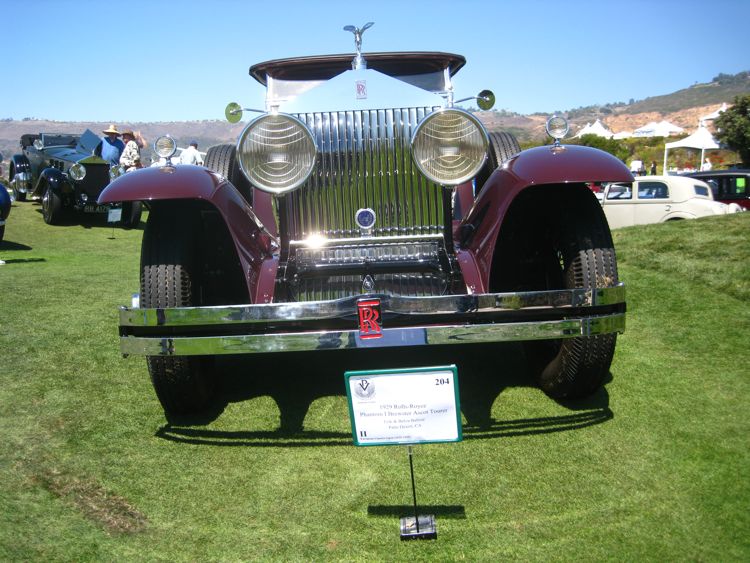
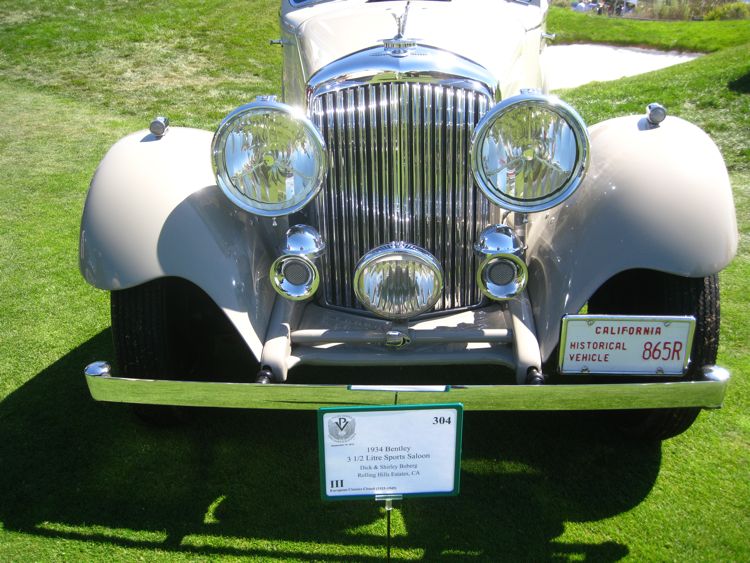
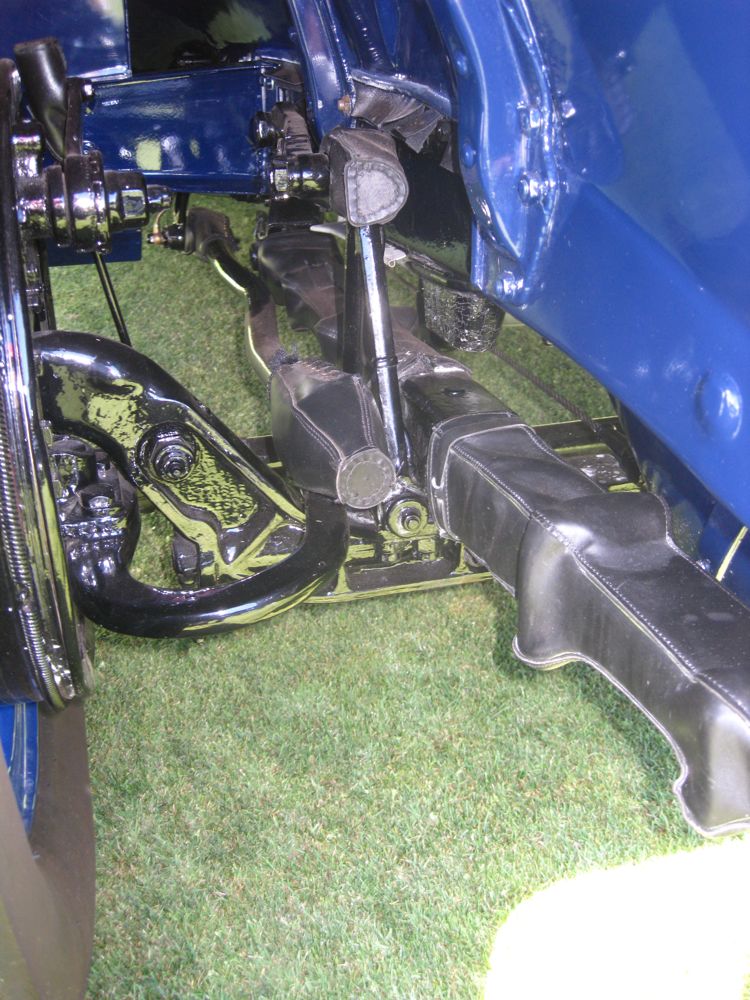
The leaf spring have leather covers
Did you know? - Originally called laminated or carriage spring, a leaf spring is a simple form of spring, commonly used for the suspension in wheeled vehicles. It is also one of the oldest forms of springing, dating back to medieval times.
An advantage of a leaf spring over a helical spring is that the end of the leaf spring may be guided along a definite path.
Sometimes referred to as a semi-elliptical spring or cart spring, it takes the form of a slender arc-shaped length of spring steel of rectangular cross-section. The center of the arc provides location for the axle, while tie holes are provided at either end for attaching to the vehicle body. For very heavy vehicles, a leaf spring can be made from several leaves stacked on top of each other in several layers, often with progressively shorter leaves. Leaf springs can serve locating and to some extent damping as well as springing functions. While the interleaf friction provides a damping action, it is not well controlled and results in stiction in the motion of the suspension. For this reason manufacturers have experimented with mono-leaf springs.
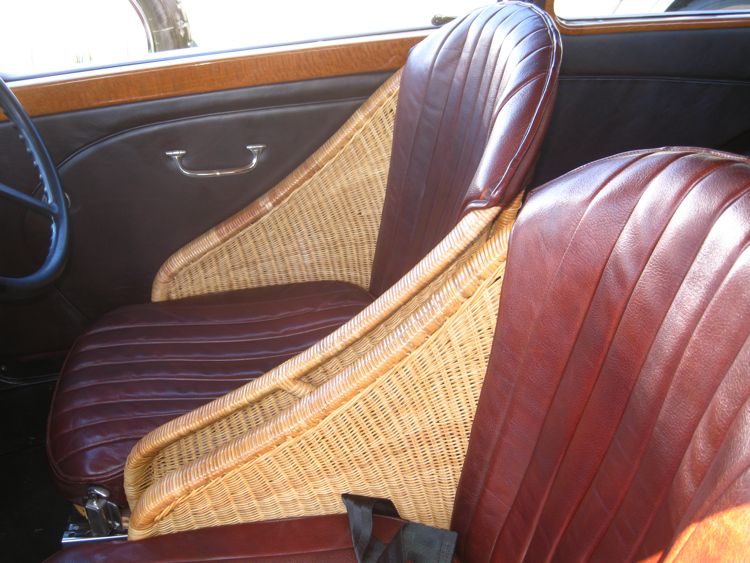
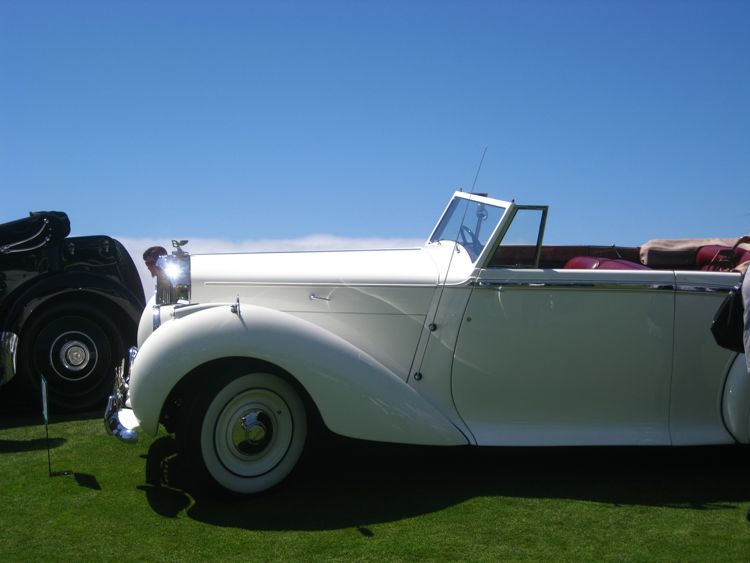
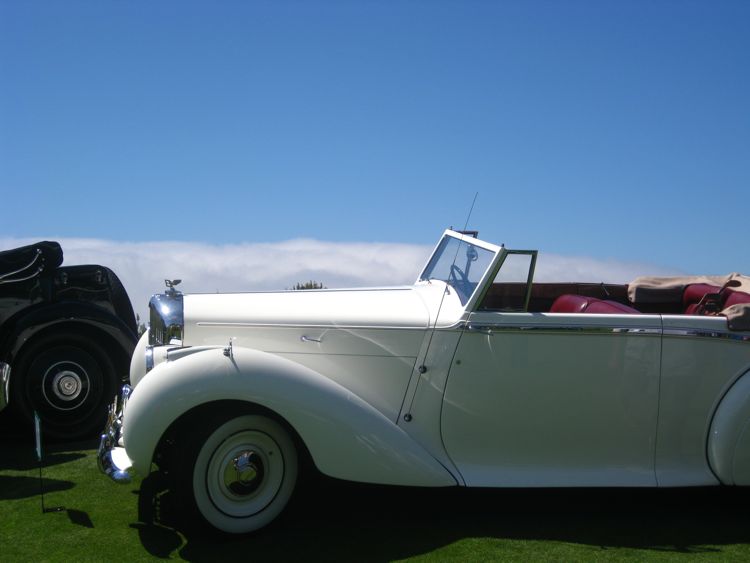
White cloud and white clouds
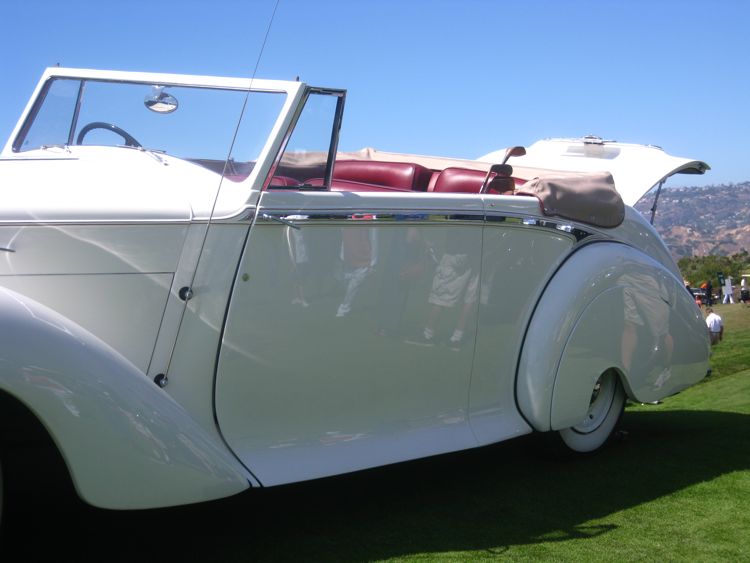






1958 Corvette
